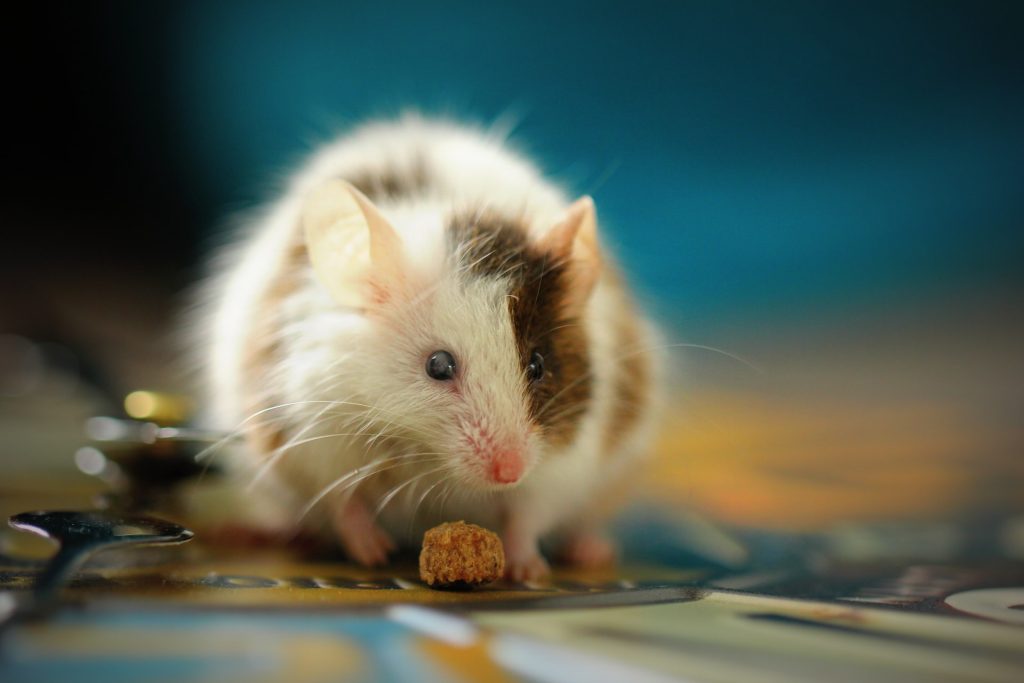Pests are one of the biggest enemies of our homes. Many types of insects and rodents come inside throughout the year searching for food, a place to mate or just comfort and warmth. They can enter through sewers, cracks and holes in the walls, and many other spaces. Once they’ve settled, it’s challenging to get rid of them. If you’re dealing with pests and are expecting a visit from a professional pest control service, here are the basic things you’ll go through during the extermination process.
#1: Inspection
The first and most important part of the pest extermination process is the inspection of your property, which will identify the location and severity of the infestation. This will help to determine the most appropriate method of extermination.
When a pest settles in a home, they choose a specific place in the house where it can stay hidden, live and mate without being interrupted. This is why an inspection is a mandatory step before the actual extermination. The pest control expert can find out where the pests are nesting and treat the specific place without exposing the entire property and the people living in it to harmful substances.
#2: Pest Extermination Methods
After the initial inspection is finished and the expert has written their report, they’ll discuss potential methods to solve the problem according to its severity with the owner.
Pesticides and Poisons
Pesticides and poisons are used when the infestation is severe and difficult to control. In such a situation, the exterminators will spread them around the places where the pests have established their nests to eliminate them.
You should be very careful when dealing with pesticides and poisons because these substances are hazardous to pets and people. In more severe cases, it can even be possible for the residents to have to vacate the property for a while to avoid the negative health effects of the chemicals. Follow the expert’s instructions and keep your pets and children away.
Habitat Alteration
This is a less invasive and more humane method for pest extermination. The experts set up different types of traps to capture the pests and, afterwards, release them into the wild. This is a more humane way to deal with them. However, sometimes it isn’t effective. If the exterminator fails to catch even one specimen, the infestation will quickly re-emerge.
Natural Pest Control Alternatives
There are a variety of natural alternatives to traditional pest control methods that can be implemented in place of or in conjunction with them. A popular one is using predators or parasites to control pests. This can include introducing certain species of insects, birds, or other organisms that are their natural enemy. For example, ladybugs naturally prey on aphids and can be introduced to a garden to control their infestation. Certain species of birds, such as purple martins, feed on flying insects like mosquitoes and flies.
Another pest control alternative is using natural repellents and barriers to prevent pests from entering a property. Natural oils, such as peppermint or citrus, create a barrier around your home that keeps pests out. This includes things like planting certain herbs or flowers that the species dislike, such as lavender or marigolds. Additionally, you can use physical barriers like screens, caulking, and weather stripping to seal any entry points around your home.
Integrated Pest Management (IPM)
Integrated Pest Management (IPM) is a sustainable pest control approach that focuses on using a combination of biological, cultural, physical, and chemical methods. The goal of IPM is to minimise the use of pesticides and, instead, primarily rely on natural methods. This method takes under consideration the potential risks and long-term effects of pesticide use on human health, the environment and the economy, and established regulations and laws on their use.
#3: Follow-up Inspections
One-time extermination isn’t always enough. After the extermination is complete, scheduling a follow-up inspection is recommended. The follow-up inspections are usually performed around a week after the extermination. They are essential to ensure that the infestation has been entirely eliminated and to prevent its future return.
There are also things you can do yourself to avoid future pest infestations. Proper sanitation and housekeeping are critical steps in preventing them. Pests are attracted to food and water sources, so keeping kitchens and other food preparation areas clean and free of crumbs and spills is essential. Regularly dispose of garbage and keep it in sealed containers. Wash your dishes promptly and sweep and mop the floors periodically. Take note of the exterior of your house and keep the lawn and garden trimmed, fix any holes in the foundation or outer walls, and ensure the windows and doors are properly sealed. Proper cleaning and home maintenance can also help identify the presence of pests early on and make it easier to address the issue before it becomes an infestation.
Besides that, cluttered spaces also provide hiding spots for pests. Keep your home organised and free of clutter to make it less attractive to them. Store items in sealed containers and remove any piles of paper or other debris to reduce the chances of pests settling in.
Choosing a Pest Control Service
When choosing a pest control service, it’s important to research the company and read previous customer reviews to ensure they’re reliable. Besides that, check if the company is licensed and insured. Ask about the extermination methods they employ and if they use environmentally friendly and safe alternatives to traditional ones.
Bottom Line
It’s important to note that not all alternative methods will work for every type of pest and in all situations. It’s best to consult with a professional or do your own research to determine which methods will be the most effective for your specific problem. A professional pest control service will have the experience, knowledge and equipment to effectively and safely eliminate the pests in your home.
